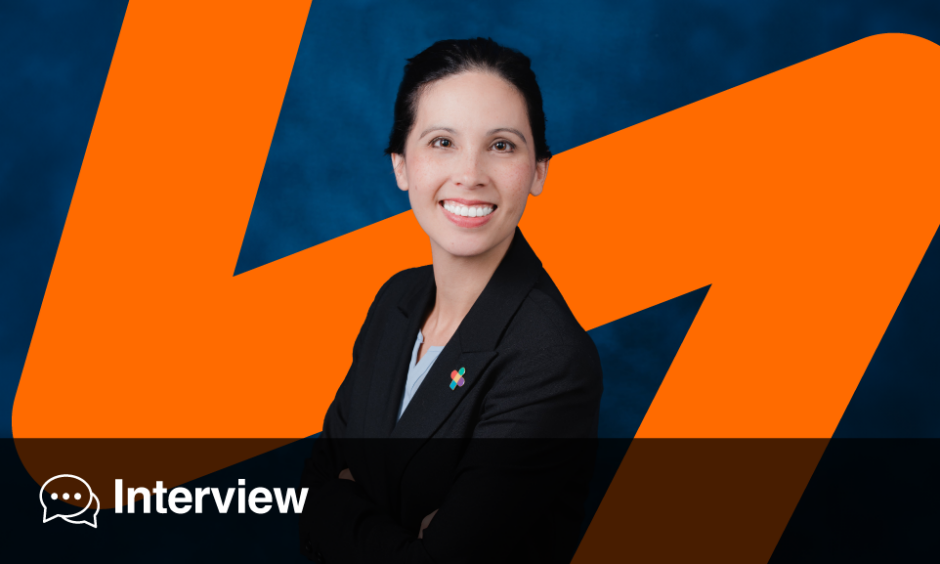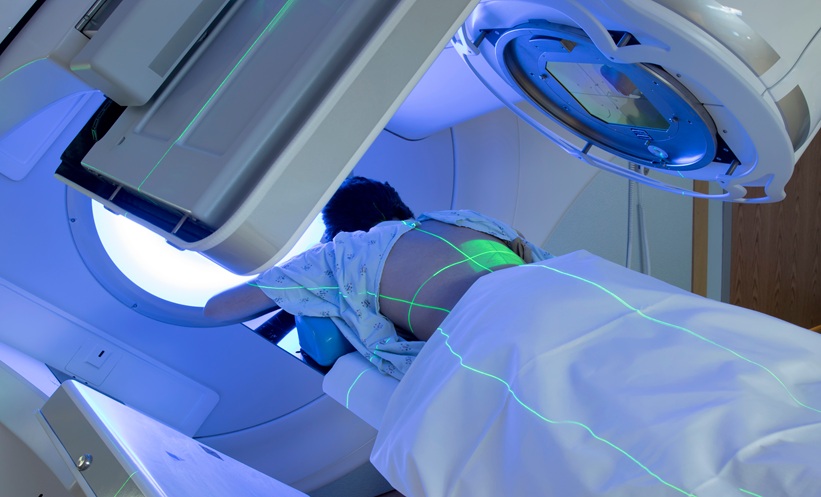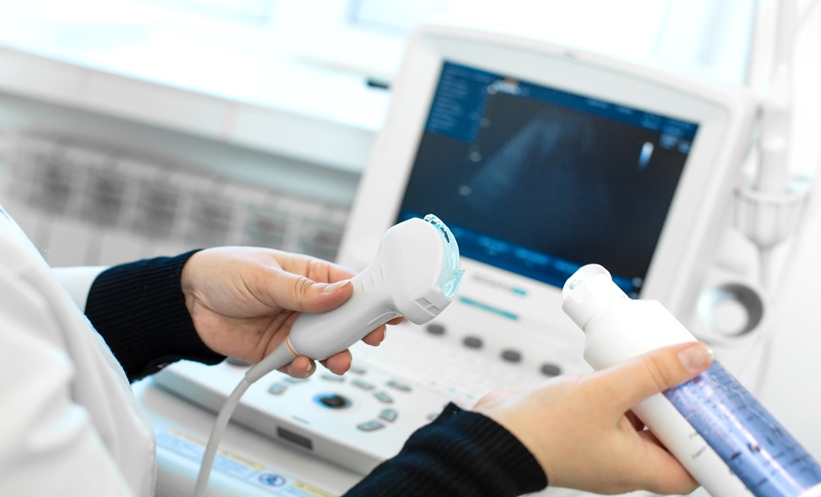Courtney Rowe | Connecticut Children’s Medical Center, Hartford, Connecticut, USA; UConn Health, Farmington, Connecticut, USA.
Citation: EMJ Urol. 2024;12[1]:48-50. DOI/10.33590/emjurol/10309007. https://doi.org/10.33590/emjurol/10309007.
![]()
What inspired you to pursue a career as a paediatric urologist? How has your pre-medical background influenced you?
Medicine is a second career for me. I was in graduate school at New York University (NYU), USA, doing interactive computer sculpture, but I found the long hours alone in the laboratory too lonely for a career. I had to completely reinvent myself to go to medical school with pre-med classes, the Medical College Admissions Tests, everything! But my interest in technology and tinkering never left me. With the scopes and robotics, urology was a perfect fit. I love the paediatric side, because reconstructive surgery lets me be creative. Plus, as a mother of three, it is easy to work closely with kids and families. I am not fazed by crying, and I am an expert in one-handed diaper changes.
As the Director of the Reconstructive Urology Program at Connecticut Children’s Medical Center, Hartford, USA, what are the main focuses and goals you are working to achieve?
In some areas of urology, patients have chronic conditions that will require a lifetime of management. Reconstructive paediatric urology is a little different. Our goal is to rebuild the anatomy so that, ultimately, the paediatric urologist is no longer needed, and the child can have a great quality of life without us. Getting there often requires balance and a light touch, making sure children have good urinary and sexual function without over-medicalising or traumatising them. There is no point getting a child dry if you do it in a way that makes them so terrified of doctors that they avoid them for the rest of their lives. That’s part of why I like working at a standalone children’s hospital. I know that every person my patients meet is focused on caring for them as children, not just on their medical needs. Ultimately, if all of us have done our job well, children’s lives might look a little different because of their urologic differences, but they won’t ever be held back.
Reconstructive urology is an area of your expertise. What are some of the unique challenges synonymous with this area of surgical practice?
Reconstructive urology is the oppositive of ‘cookbook medicine’. Every child and every condition is unique, and so every surgical approach is unique. I use a lot of skills from my art days: the ability to think in three dimensions, to be creative, and to adapt my materials to the surroundings. These complex reconstructions are often team affairs; I routinely work with paediatric surgery, orthopaedic surgery, and other urologists. Co-ordinating those teams and gathering different perspectives, while not losing sight of the main goals of surgery, can be challenging. We all have big egos and strong opinions as surgeons! But ultimately, I’m glad for the extra heads focused on the best care for these complex patients.
In addition to your clinical role, you also work as a translational researcher, focusing on improved healing after urologic reconstructive surgery. Can you tell us a bit more about how you use regenerative medicine to enhance post-operative outcomes?
In my mind, research is an important adjunct to clinical care. We can provide the best possible clinical care based on today’s knowledge, but if we don’t also contribute to tomorrow’s knowledge, we will stop advancing. Now, as a researcher, I’m a little selfish in that I also want to see my work impact patients in my own lifetime. Others out there are doing cool things to grow new organs. Someday they may revolutionise the surgical field, but we all know getting there will take time. So, instead of focusing on the replacement side of regenerative medicine, I decided to focusing on healing. What can I use to get tissues to heal better? How do I deliver interventions to the tricky parts of the body urologists work on, like the urethra, the bladder, and the ureters? One of my main projects is a collaboration with a biomaterial scientist to develop a new material for a stent that can deliver drugs to the urethra or ureter. I plan to use it to help the urethra heal from trauma or surgery, but the technology could be used to deliver any drug to any urologic lumen.
You recently co-authored the study ‘Development of a Wound-Healing Protocol for In Vitro Evaluation of Urothelial Cell Growth’. What were the key learning points from this article, and how do these findings contribute to the existing literature on urethral healing?
When I started my research into urethral healing, I expected to be able to jump right into product development and translation. Instead, what I found was a real dearth of basic science foundation in terms of our understanding of urothelial healing; just a scattering of papers here and there. It’s a difficult area of the body to study. Plus, because of the stigma against urologic body parts, there is not a lot of public attention or money in this space. I have had to go back to the drawing board and really start from scratch, developing approaches and protocols to study the urethra in vitro. I did this work to further my own research and product development, but I also hope that by taking the time to publish on basics, like protocols, I will set other researchers up for continued success in this space.
How have you seen technology impact the field of urology over the years that you have been practicing? Are there any innovations on the horizon that you are particularly excited to see translated into practice?
The past decades of urology have seen a boom of mechanical technological advancement: robotic surgery, better and better ureteroscope technology, lasers, and improved techniques to use them. My hope for the future is biological advancement. We’ve seen immunotherapy and gene therapy begin to take off for medical illnesses. I’m excited to see innovations, like my urethral stent, that will bring the opportunity for biologic modifications into the surgical space as well.
What do you see as your proudest achievement to date since joining Connecticut Children’s Medical Center?
Early in my career, I had a patient with the rare condition of cloacal exstrophy, whose family had moved to Connecticut to get better care, after a failed surgery in another state had left her with her bladder still outside her body. At first, I referred the case to an out-of-state institution. But her revision surgery kept getting delayed, and travelling many hours for care was a huge burden for this family who had literally given up everything to get better medical care for their child. Watching their experience, I asked myself: Is this the kind of care I would want for my own children? This pushed me to develop a statewide collaborative, with out-of-state mentorship for bladder exstrophy care. With the support of this collaborative, I performed a revision surgery, which has been an amazing success. That patient is now thriving, as is her family now that they are not spending so much time on her medical needs. Her mother even went back to school, and now works at our hospital! The path this patient led me down was ultimately a lot more work than just referring these complex cases elsewhere, but it launched my career in reconstructive urology, as well as my research focus on healing after surgery. I’m proud that I took the harder road, and proud of what it has allowed me to accomplish.
Where can we expect to see your research and clinical focus lie in the next 5 years?
Ultimately, we do not move the needle on improving patient care if our innovations are never able to get out of the lab. When I started with translational research, I naïvely thought that once I had developed a technology that was successful at improving outcomes, I could just pass it off, and it would successfully transition into clinical use. Everyone wants something that makes outcomes better, right? I have since learnt that most products fail not because they do not work, but because they could not transition into the marketplace. To me, there is no point in innovating if I cannot also, someday, impact patients. That means setting my inventions up for success from the beginning by developing new technologies, with a plan for their future commercialisation built in from early on. I am branching out into learning about entrepreneurship and commercialisation. It is an entirely new set of skills, but I am excited to see where it brings me in the future!








